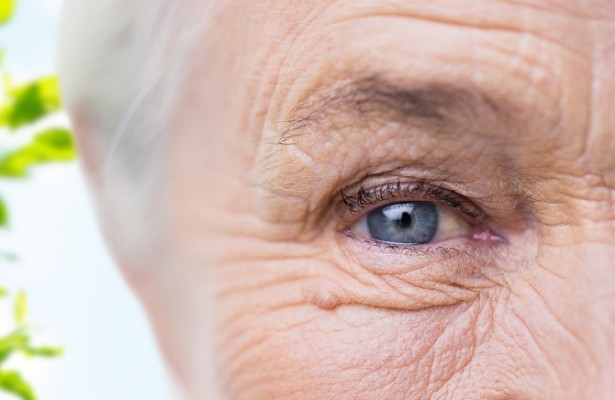One of the more sobering facts about our healthcare system is not only its sheer size, but how the spending spreads across various age groups.
Click HERE for the H.I.T. Greatest Hits
The U.S. spends over $3.0 trillion, or 17% of its GDP, on healthcare. That compares with about 11% for Germany and France. But if we look at spending across various age groups, the U.S. spend is about the same percentage of GDP for people under 60-65. It is at that age and above that the U.S. spends much more than most. The immediate conclusion could be that the elderly in the U.S. need more care. And that may be true. Obviously factors such as Medicare/Medicaid fraud, unnecessary procedures in an environment of fee-for-service and poor care transition all add to the costs. But, to us, the disproportionate spending on the elderly comes down to two philosophical differences between the U.S. and the rest of the world. First, modern Americans have come to expect a high quality of life, even in our old age; and we have a generous system called Medicare that will pay for it. Take for example the 75 year old who goes through a $40K knee replacement surgery so he can keep up his tennis game. That type of luxury is simply not available in most developed countries.
The second factor relates to our willingness to spend considerable amounts on end-of-life care that is largely palliative. This topic has gained a new focus among healthcare leaders and regulators in Washington. For example, the U.S. spends over $150 billion each year on nursing homes and hospice care alone, and yet our life expectancy is worse than most developed nations. So the moral question comes down to how much burden we should put on the system for small increments in improving either life expectancy or comfort in those final days.
The favorable economics of prevention vs. cure are now well documented. Mobile apps monitoring tools, e-visits, and genomic profiling have started to show encouraging results in slowing the rate of increase in healthcare spending. But these technologies do not do enough to address the ever rising cost of caring for the elderly. It is no surprise that lawmakers are slowly being forced to contemplate major structural changes in the Medicare program – however unpopular – and address waste and the end-of-life issues with more scientific vigor. The risk sharing model under Medicare, once fully implemented, is expected to save $3.0 trillion cumulatively by 2025. We are also seeing novel technologies that can predict which patients have a better chance of survival undergoing high risk procedures. The system is forcing us to answer the question of whether we should spend $200,000 treating a 92 year old man with advanced stage lung cancer and low probability of survival. The moral arc on such questions is high, but we have no choice but to pass through it or risk the bankruptcy of our healthcare systems.
Despite the fragile state of our industry today, we remain optimistic about the future. Armed with the best prevention tools and treatments based on precision medicine, we believe caring for the elderly, over time, will become more efficient and less taxing on the system. Without healthcare IT, none of these improvements will be imaginable. We should applaud the torch bearers in our industry who strive every day to make this a reality.


